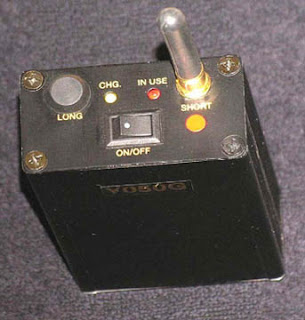Deployment of jammers by Russian intelligence led to drone attempts to replicate the incident

Until recently, satellite navigation system outages in populated areas were a rare and sometimes sensational phenomenon that caught everyone's attention on social media and the news. Yet such incidents seem to be becoming the daily norm. With the invasion of the Kremlin region on the night of May 3, the era of "GPS failure" suddenly began (in every sense of the word). The public immediately blamed this on the machinations of "Bandra". Drivers in central Moscow learn to fool GPS jammers Then there were problems with car navigation and car-sharing services in the city centre. Russian intelligence quickly deployed " phone jammer " to jam GPS/GLONASS signals in the area, effectively jamming the guidance systems of any drone that tried to replicate its early May night adventure. Now, if you rely solely on your smartphone's navigation system, you might mistakenly think that a person is somewhere on the outskirts of Moscow. The situation is expected to

